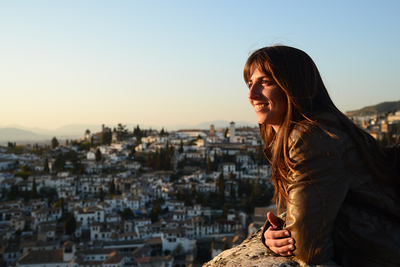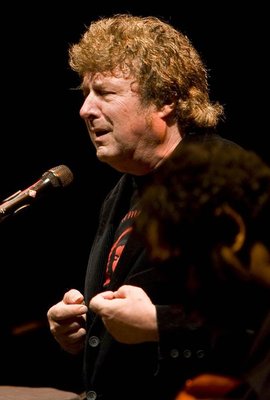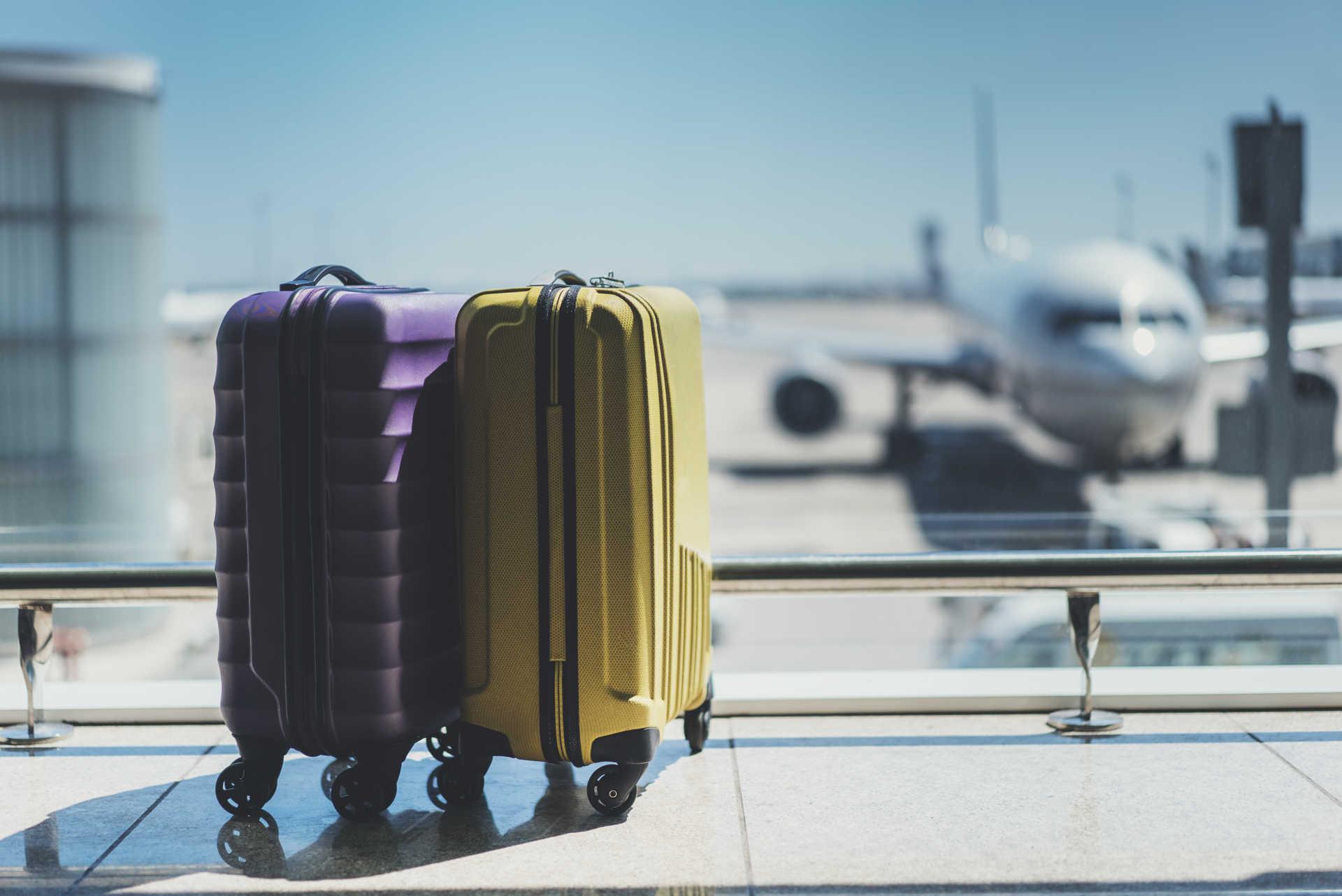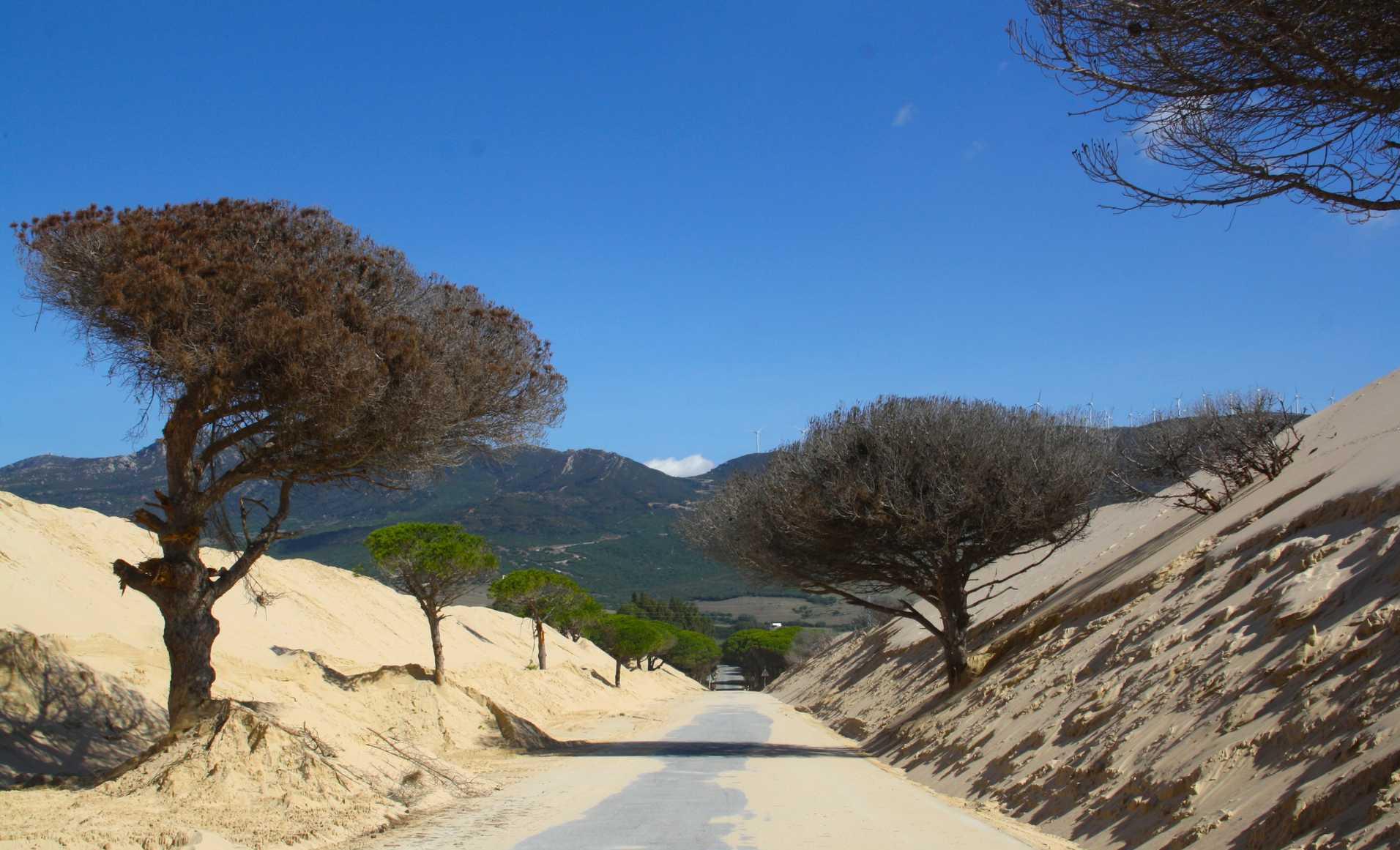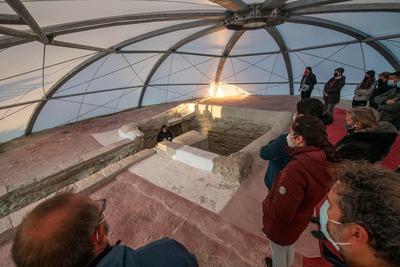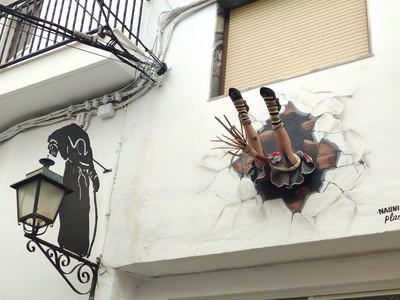Alcaicería and Arab Baths of El Bañuelo
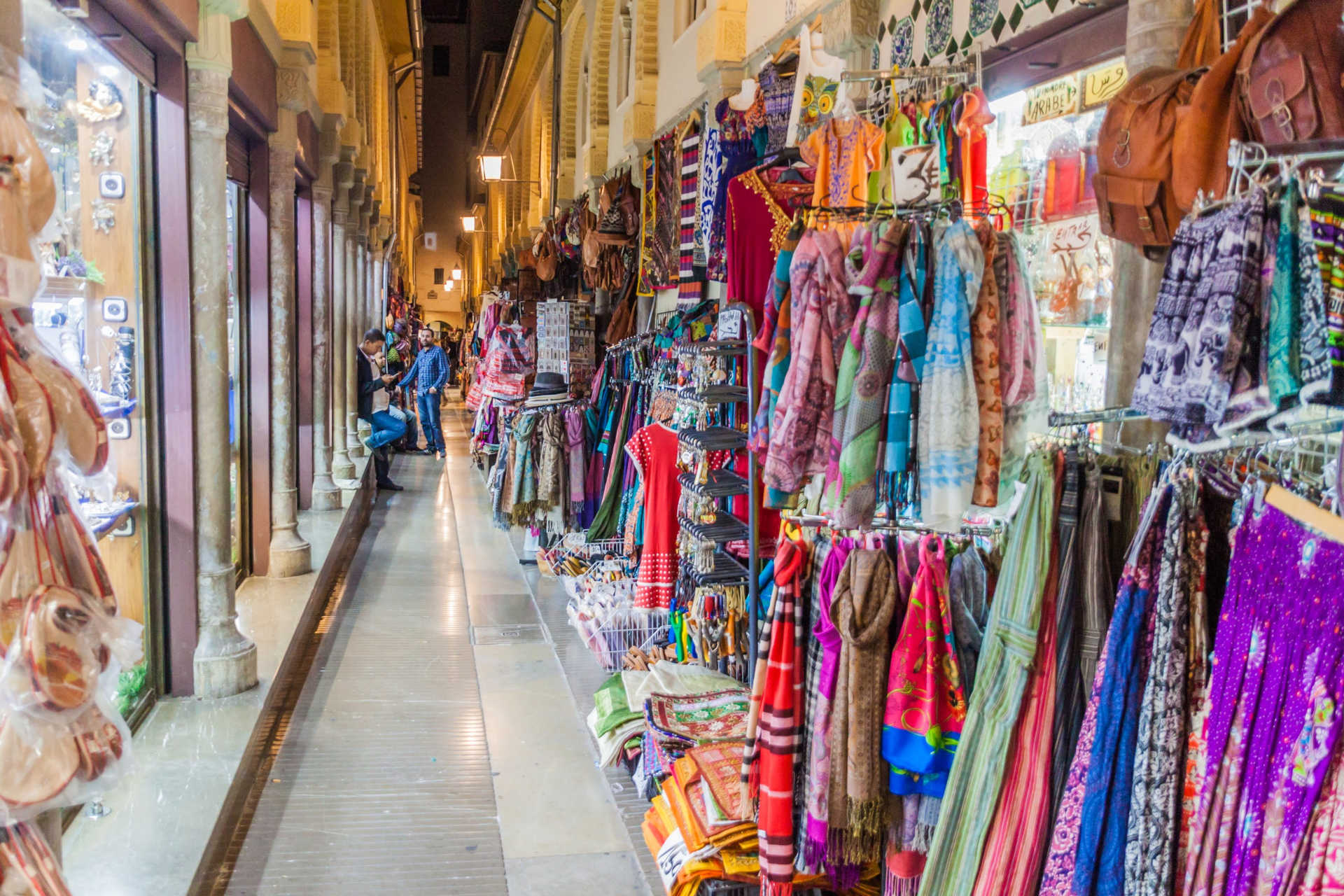
A stroll through the narrow streets of the Alcaicería or enjoying the intimacy and subdued light of the El Bañuelo hammam is a journey to Granada's Andalusian essence, a fascinating experience in two of the essential nerve centres of its social life and the way of doing business.
El Bañuelo is the oldest and best preserved hammam or Moorish baths in Andalusia. It opened in the 11th century, even earlier than the iconic Alhambra, which makes it one of the oldest Al Andalus architectural works in the Iberian Peninsular.
Built during the reign of the Zirid King Badis and financed by his vizier, the Jew, philosopher and poet Samuel Ibn Nagrela, El Bañuelo survived the conquest by the Catholic Monarchs and the resulting new cultural atmosphere. This is really surprising, since with the arrival of the Christians hammams were condemned as they were considered places of dubious morality. Many were destroyed or converted, but El Bañuelo was used as a public laundry, which is why it was saved. Today it is located under a private house in Carrera del Darro, from where, despite its lack of visibility, it is possible to hear the bubbling of the water between its walls, just like centuries ago.
It is well worth a visit and you can enjoy the intoxicating atmosphere. After leaving behind a small water deposit, you then access the main area of the baths, divided into cold, warm and hot rooms. A series of horseshoe arches and capitals with Roman, Visigoth and Caliphate create a space governed by silence and light that filters through the starry openings in the vaults.
Moorish baths, inherited by the Mediterranean peoples from Roman baths, were much more than a place for hygiene. A world that revolves around water and the spiritual and purifying value given to it by Islam. It also has an important social function, as citizens regularly went there to wash themselves, receive massages and relax. Such a place was also conducive to dialogue and closing business deals, like those that were common in the nearby Alcaicería, a market where there are still streets full of shops where you can get lost and haggle, the essence of any Mediterranean souk.
A melting pot of colours, with the aroma of incense and spices, an infinity of handcrafts and where the hustle and the bustle are a constant stimulus for the senses and an extraordinary attraction. The current Alcaicería is small compared to the original, which was destroyed in 1843 by a terrible fire, but it still retains its essence. You can breathe the traditional atmosphere of an Andalusian market, where everything seems to be so vibrant, much more so than the world around it.
As a curious fact, the name Alcaicería has its origin in Arabic al-Kaysar-ia, meaning "the emperor's place", in gratitude to the Byzantine Emperor Justinian who, in the 6th century, granted them the exclusive right to manufacture and sell silk. It was precisely the trade of such luxurious merchandise that made the place a prosperous, protected and guarded citadel, where every night the nine doors that gave access to the souk were closed to prevent the passage of people.
In the 16th century there were about 200 shops and, although it is now considerably smaller, today it is still easy to get lost in the network of narrow streets, located between the Calle Reyes Católicos, the Cathedral, the Gran Vía and the Plaza Bib-Rambla. The extraordinary variety of merchandise, including handicrafts, jewellery, marquetry, pottery and a selection of souvenirs, will enable you not only to find the perfect gift, but also to take a piece of the city and some of that Al-Andalus mercantile essence home with you.

